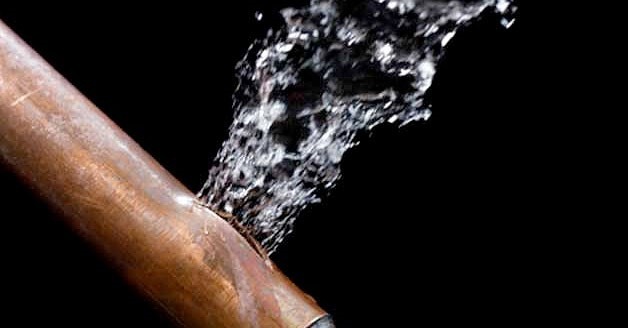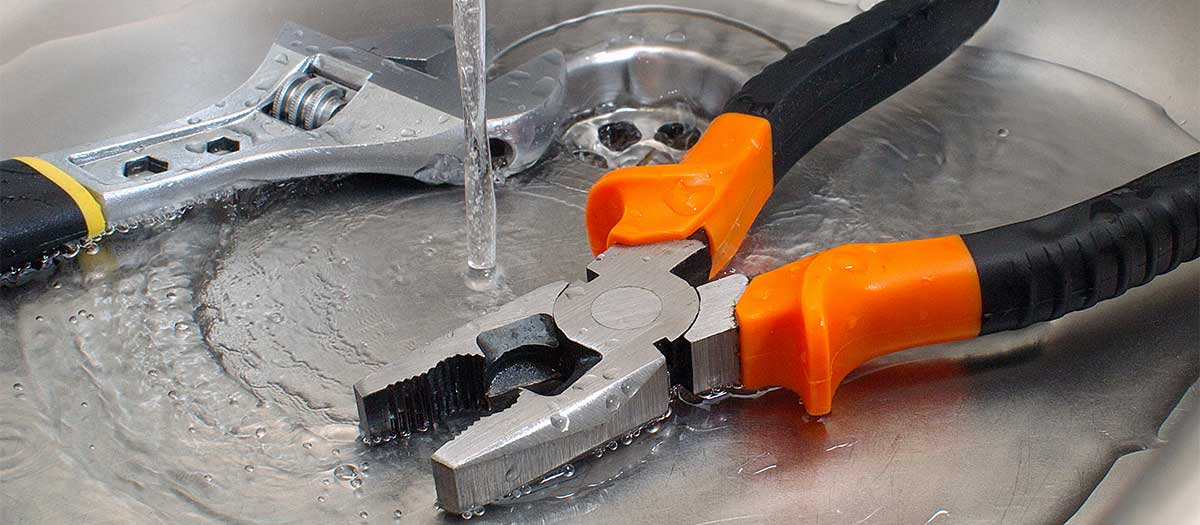How to Check If Your Home Has a Covert Leak
How to Check If Your Home Has a Covert Leak
Blog Article
This article following next involving Finding hidden leaks is totally intriguing. You should investigate it.

Early discovery of leaking water lines can reduce a prospective disaster. Some tiny water leakages might not be visible.
1. Take A Look At the Water Meter
Examining it is a guaranteed way that aids you find leaks. If it moves, that shows a fast-moving leak. This means you may have a slow-moving leakage that can also be below ground.
2. Inspect Water Usage
Analyze your water bills and track your water intake. As the one paying it, you need to discover if there are any kind of discrepancies. If you spot sudden changes, in spite of your usage being the same, it suggests that you have leakages in your plumbing system. Remember, your water bill must fall under the exact same range on a monthly basis. A sudden spike in your bill shows a fast-moving leak.
A steady increase every month, also with the very same habits, shows you have a slow-moving leakage that's also gradually rising. Call a plumber to thoroughly examine your property, particularly if you feel a warm area on your floor with piping beneath.
3. Do a Food Coloring Examination
When it comes to water usage, 30% comes from bathrooms. If the shade in some way infiltrates your dish during that time without flushing, there's a leakage in between the storage tank and dish.
4. Asses Exterior Lines
Don't fail to remember to inspect your outside water lines also. Test spigots by affixing a garden pipe. Ought to water seep out of the connection, you have a loosened rubber gasket. Replace this and ensure all connections are limited. It will help get it skillfully examined and also maintained annually if you have actually obtained a lawn sprinkler system. One tiny leakage can waste lots of water as well as spike your water bill.
5. Evaluate the situation as well as inspect
House owners should make it a practice to examine under the sink counters and also also inside cupboards for any type of bad odor or mold and mildew development. These two warnings indicate a leakage so timely focus is required. Doing regular assessments, even bi-annually, can save you from a major issue.
More significantly, if you know your home is currently old, keep a watchful eye on your heating systems, hoses, pipes etc. Look for discolorations and deteriorating as the majority of appliances as well as pipes have a life expectancy. They will certainly likewise normally deteriorate due to tear and use. Don't wait for it to intensify if you presume dripping water lines in your plumbing system. Call a professional plumber right now so you do not wind up with a terrible mess in your home.
Early detection of leaking water lines can alleviate a potential catastrophe. Some small water leaks might not be visible. Examining it is a guaranteed way that aids you discover leakages. One little leak can lose bunches of water and increase your water bill.
If you think leaking water lines in your plumbing system, do not wait for it to escalate.
WARNING SIGNS OF WATER LEAKAGE BEHIND THE WALL
PERSISTENT MUSTY ODORS
As water slowly drips from a leaky pipe inside the wall, flooring and sheetrock stay damp and develop an odor similar to wet cardboard. It generates a musty smell that can help you find hidden leaks.
MOLD IN UNUSUAL AREAS
Mold usually grows in wet areas like kitchens, baths and laundry rooms. If you spot the stuff on walls or baseboards in other rooms of the house, it’s a good indicator of undetected water leaks.
STAINS THAT GROW
When mold thrives around a leaky pipe, it sometimes takes hold on the inside surface of the affected wall. A growing stain on otherwise clean sheetrock is often your sign of a hidden plumbing problem.
PEELING OR BUBBLING WALLPAPER / PAINT
This clue is easy to miss in rooms that don’t get much use. When you see wallpaper separating along seams or paint bubbling or flaking off the wall, blame sheetrock that stays wet because of an undetected leak.
BUCKLED CEILINGS AND STAINED FLOORS
If ceilings or floors in bathrooms, kitchens or laundry areas develop structural problems, don’t rule out constant damp inside the walls. Wet sheetrock can affect adjacent framing, flooring and ceilings.
https://www.servicemasterbyzaba.com/blog/how-to-detect-water-leakage-in-walls/

Do you enjoy more info about Leaking water lines? Try to leave a comment down the page. We would be interested to hear your reactions about this write-up. We hope to see you back again in the future. Do you know another person who is truly interested in the subject? Do not hesitate to share it. Thanks a lot for going through it.
Report this page